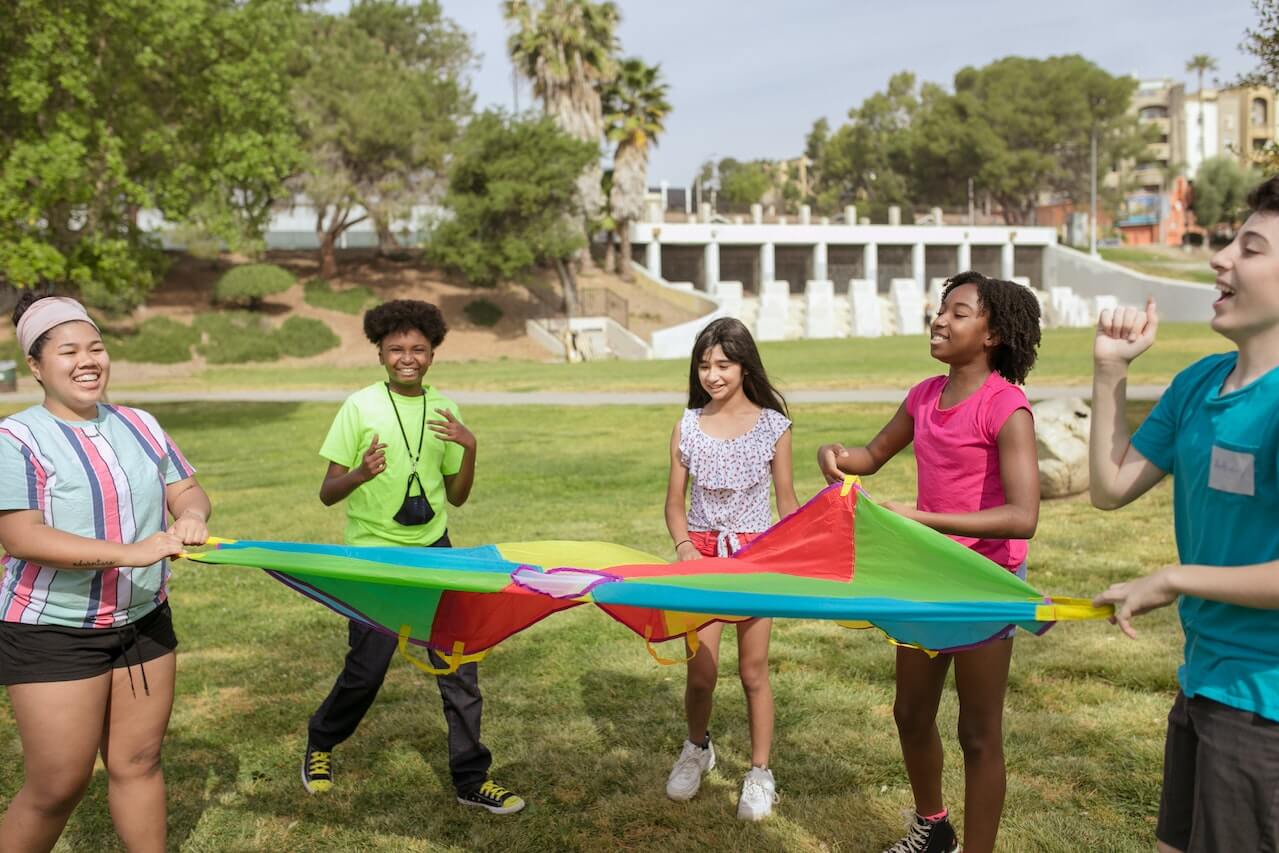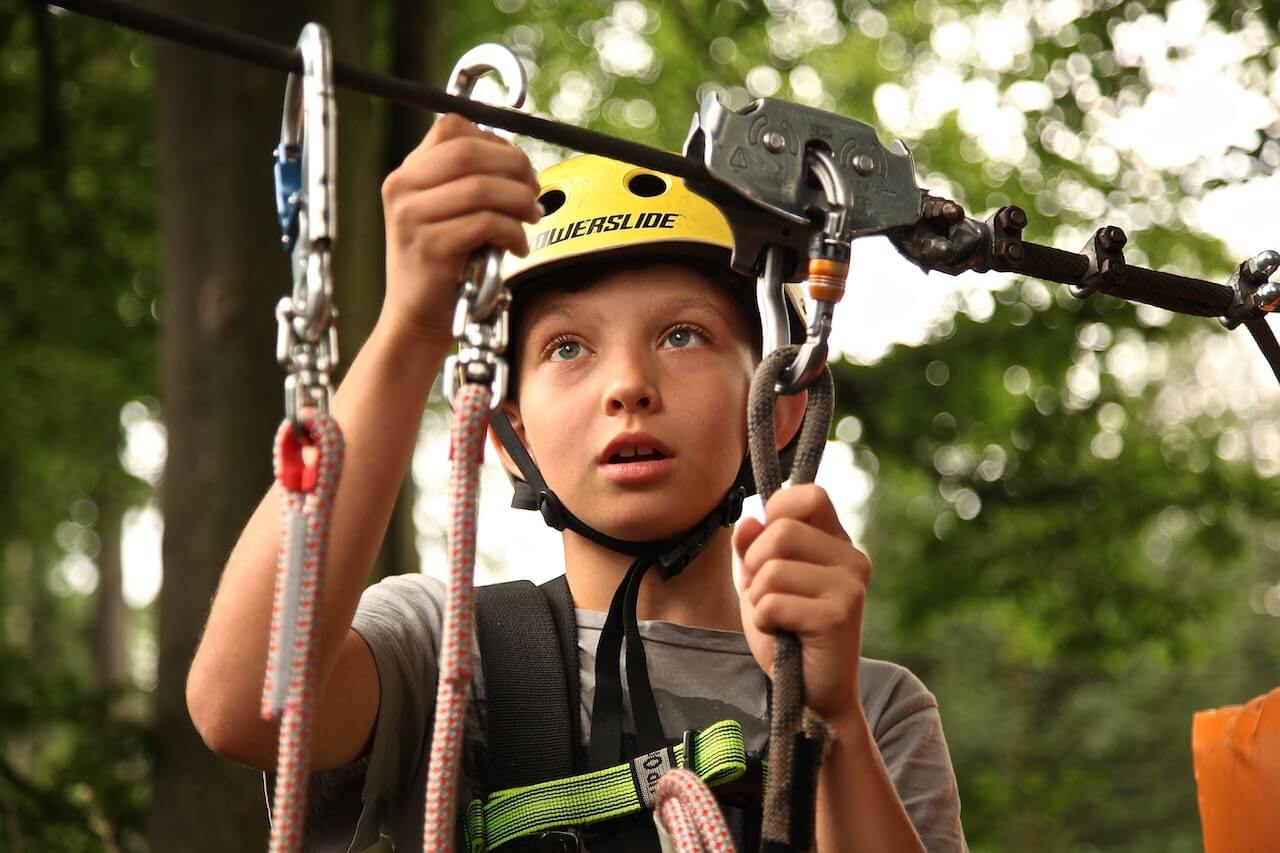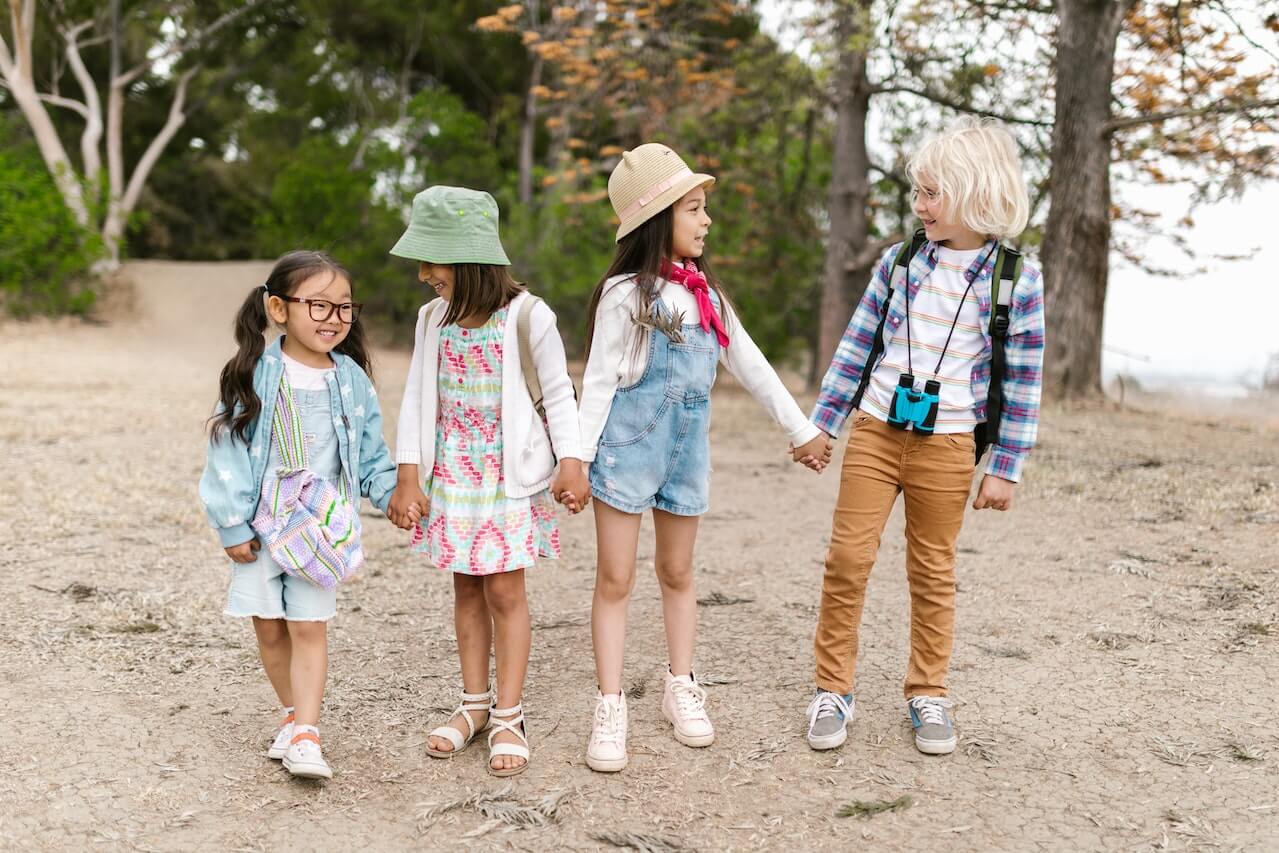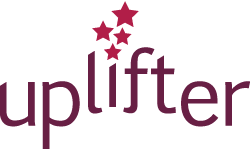Mastering camper retention can help transform your camp. It can stabilize revenues and help create a richer community of happy and engaged campers.
When your camp has a high retention rate everything is easier. You don’t have to worry about filling all of your cabins or seats from scratch. Instead, you only have to focus on the small portion of campers that didn’t return for your next season.
But how do you maximize your camper retention?
This is exactly what we wanted to find out as camp software providers. After researching and writing this article we can confidently say that one simple trick won’t solve your problems. But there are several ways to incrementally transform camper retention for any camp.

Below we outline 7 key methods to help boost your retention rates. This list isn’t exhaustive but we believe these methods will deliver some of the biggest bang for your buck.
Let’s jump in.
1) Make graduated programming and tease what’s coming next year
When campers have an amazing experience at camp, they’ll want to return for a second year. But, if they have that same experience over and over again, will they return for a third or fourth year?
Life is full of changes for campers and it’s natural for them to want to try new things.
While they’re away from camp, campers often enjoy new sports and activities during their school year. If they find something they really enjoy, they may have to decide whether to return to your camp in the summer or devote their time to their newest interest.
So, when you’re trying to get past campers to return for another year, you’re actually competing with all of the new experiences they’ve enjoyed throughout their time away from camp. How do you compete with all of that?
That’s where graduated programming comes in.
You don’t want your campers to feel like they’ve already seen everything your camp has to offer.

When your camp uses graduated programming, you offer specific programs and experiences that are exclusive to each age group. Each year, campers graduate to a new program that includes an activity they’ve never done at camp before. This keeps your programming fresh. Plus, it also creates a sense of anticipation for what a camper can do next year.
Of course, this works best when your camp leaders also tease out these exclusive experiences.
That could mean talking about an exclusive experience that older campers are doing as you walk younger campers past a particular area. Or, that could mean allowing younger campers to test out an experience in a limited capacity (For example: Allowing 7 year old campers to experience the bouldering wall but only on the easiest route).
2)Boost camper retention by keeping in touch with campers
You already know the value of keeping in touch. You see it in campers every year. The campers that keep in touch with each other end up forming the strongest bonds. Your camp should strive to do the same.
Just like an old-fashioned pen pal, your camp should provide updates that allows campers to learn more about your staff and your plans for the upcoming year.
Plus, you should give opportunities for campers to share updates about themselves. Provide camper spotlights and highlight camper stories.
Remember: the strongest bonds are formed with two-way communication.
Where should you provide these updates?
The answer that immediately jumps to most people’s minds is social media. That’s where your campers spend the most time online. However, social media reach can be problematic.
Social media platforms are notorious for decreasing their organic reach over time. This means your camp updates will reach less and less of your campers that follow your page as time goes on. In order to solve this, these platforms require you to pay money to boosts posts or turn your posts into ads. This can get expensive.
The alternative is creating an email list.

The advantage of creating an email list is that you can directly reach your audience of campers and their families. No one (and no platform) gets in the way.
Here are 3 tips to keep in mind for your camper retention newsletter
i) Be consistent: Choose a newsletter frequency that your team can handle and stick with it. You want people to get into a rhythm of reading your communications. Once per-month can work well for many teams.
ii) Be succinct: Everyone is busy. Keep your update to under 1,000 words. In fact, 500 words should do just fine. The more succinct your update can be, the more likely people will read it. Furthermore, a shorter update keeps readers wanting more, which means they’ll be more likely to open your next email.
iii) Keep the design light: You want people to read your newsletter, so don’t overwhelm them with design. Graphic-heavy emails can be hard to read and may get caught by spam filters. Plus, the more complicated your design, the harder it can be to ensure a good experience on both mobile and desktop. Your logo, one or two pictures and easy-to-read text is all you need. Ideally, stick to black font on a white background, and keep the font simple.
3)Make it easy to register again
For many campers, your registration system will provide the first interaction they have with your camp. So, when new campers come to your website and register for you camp, it has to be smooth and easy.
The same thing is true in mastering camper retention. Campers that are returning for another summer should find it easy to register again.
The last thing you want to do is give a returning customer a headache when they’re trying to give you money.
For an easy registration the second time around, make sure your registration system securely saves a user’s details in their account.
When your registration system saves these details, a user’s information can be auto-populated during their next registration. This can be a major convenience, especially for parents who have multiple campers to register.
As an added bonus, good registration software will also have past invoices, achievements and allergy or medical information available directly on a user’s account.

Tip: Look for a registration system that has family accounts for the ultimate ease-of-use. Family accounts allow parents to quickly register (and re-register) multiple kids on one invoice. Plus, they should allow parents to track activities for their kids in a single calendar, which parents love.
4)Make sure customers can update their own details
If you want to provide a good user experience for your campers and their families, your software must allow users to easily update their own information.
You don’t want campers to have to create a new account just because their address has changed – duplicate accounts are a major pain to manage! Moreover, you don’t want to bog down your office admin staff with dozens of address, phone number and payment updates.
Good registration software makes it easy for a parent to update their camper’s personal information so that you don’t have to. No hassle for parents. No hassle for your camp. It’s a win-win for camper retention.
5) Create opportunities for growth and achievement
Every good business understands that customers remember how you make them feel. That’s why it’s important to try and create opportunities for campers to grow.
When campers grow, they feel accomplished and empowered.
How do you achieve this?
Here’s one example: In our 29 Essential Camp Games and Activities Article we included the Chilly Wakeup Challenge. It’s a difficult challenge but it’s completely optional.

Campers who want to participate simply need to meet the participating camp leader at the lake/beach each morning with their bathing suit and towel. When the camp leader says “go,” the campers run into the cold water, dunk their heads in and run back to their towels to dry off.
The chilly wakeup challenge runs for a set number of days. Campers that complete the challenge can get a prize, a certificate, or just bragging rights if that’s preferred.
Why did we include it as an essential activity?
Because it’s hard to do. Not many people (including camp leaders!) want to start their mornings with a dunk in a cold lake. That means when campers complete the challenge they walk away with something transformative.
They can say, “I’m strong. I can do something difficult.”
These transformative experiences are uplifting for campers and great for your camper retention. They create the same feelings that make us think back fondly on our own experiences learning from a favorite coach, camp counselor or teacher. When you create a positive change in someone’s life like this, they’ll want to come back and keep learning from you.
6)Get data for your camp by surveying campers and parents
Surveys allow your camp to collect meaningful data, so always survey your parents and campers.
Instead of relying on anecdotal stories which can differ from person-to-person, survey data gives you a clear picture of how campers and parents feel about your camp.
With clear data comes clear decision-making power.
So, when one of your staff asks, “should we do the overnight canoe trip again next year?” You can simply check the data to inform your answer. In this way, you can ensure your program selection aligns with what campers enjoy. This type of decision making helps improve your camper retention.
Tip: To get your data as clean as possible, create your survey with multiple-choice questions. This makes it easy to tally results and gives you a better view of camper sentiment.

If you want to allow for written feedback, just add space for additional comments at the end of your survey. This option will give you some excellent feedback, it’s just more difficult to codify.
Example Questions for Camper Surveys:
1) Did you enjoy [activity name] this year?
I didn’t enjoy it – It was okay – It was good – It was awesome
2) Circle the activities you liked best from the list below (choose as many as you’d like):
Arts & Crafts – Canoeing – Swimming – Rope Course – Scavenger Hunt – Music – Frisbee Tournament – Trail Running – Rock Climbing – Hiking – Yoga – Drama – Tennis – Soccer
3) How would you rate your camp leader/counselor this year?
we didn’t get along – they were okay – they were good – they were awesome
4) How would you rate the food this year?
I didn’t like the food – it was okay – it was good – it was delicious
5) How would you rate the cleanliness of the facilities this year (cafeteria, change rooms, washrooms)
They were not clean – they were clean sometimes – they were clean – they were spotless
Example Questions for Parent Surveys:
1) How was your registration experience this year?
I found it too difficult – It was a little challenging – It was good – It was excellent
2) Was camper drop off and pickup convenient this year?
It was stressful – It was okay – It was easy
3) How are you finding our camp newsletter?
I don’t read the newsletter – It’s okay – It’s good – I love it
7) Incentivize camper retention
The last tip is the most obvious. Discounts can help motivate parents to register their campers for another year of camp.
If you’d like to incentivize return campers, consider creating a loyalty discount code within your registration software. Then email that code to your previous year’s campers. This discount code can be added at checkout to automatically reduce camper fees.

If you’d prefer, you could instead offer early bird pricing and email a private link to last year’s campers. Then after a set date, increase your pricing and share it publicly. Limited time discounts are always a extra motivating!
Either option will be appreciated by your campers. Just ensure the financials make sense. You don’t want to sell-out your whole camp with early bird pricing unless that pricing fits your camp’s financial goals.
Other discounting incentives you could also consider include family discounts that are applied when multiple campers register from one house hold, multi-week discounts when a camper is registered for multiple weeks of camp, or multi-program discounts when a camper signs up for multiple programs at camp (may not be applicable for all camps).
Increase Camper Retention With Software
As we said at the top of this article, these 7 tips are not an exhaustive list. There are dozens of ways to improve your retention and many of them are built right into our registration software.
That’s one of the reason why Camp de Jour Conseil Communautaire du Grand Havre said they’ve seen a “100% increase in productivity!” since switching to Uplifter.
Want to learn more? Contact us.
We’re always happy to help!









